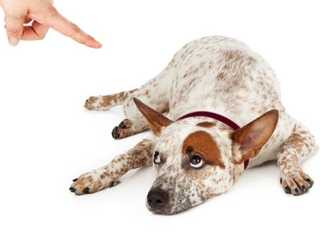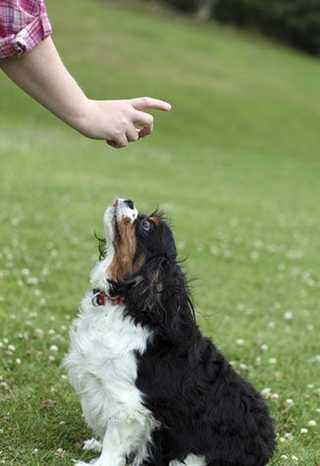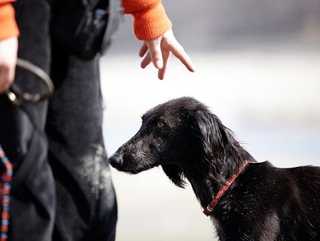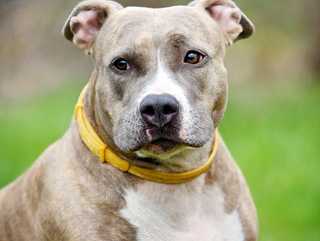Our Dog Obedience Training articles provide valuable insights on teaching your canine friend to follow commands and manage their behavior in different situations. Learn how you can strengthen your bond and enjoy a more fulfilling, obedient relationship with your furry companion.






